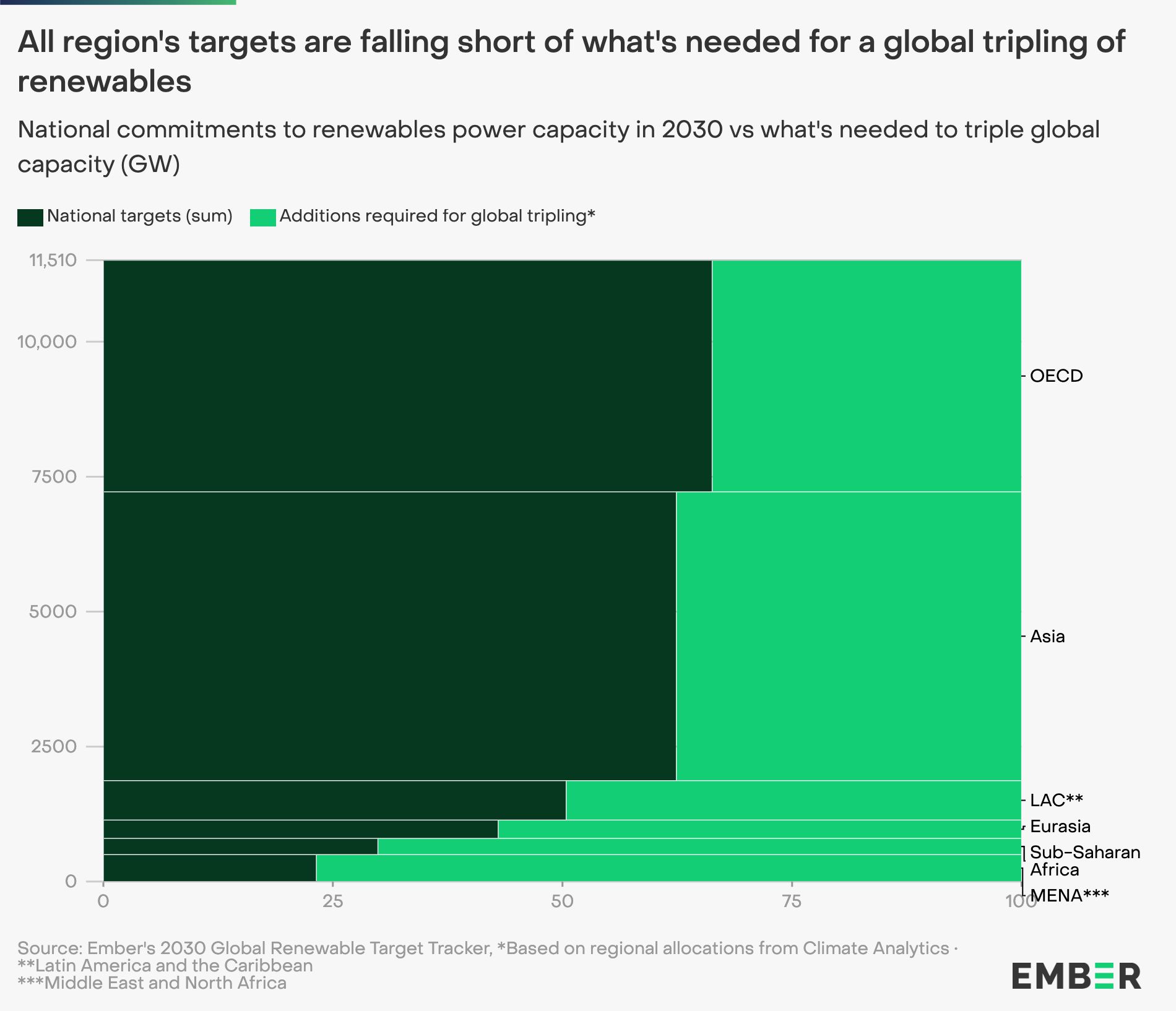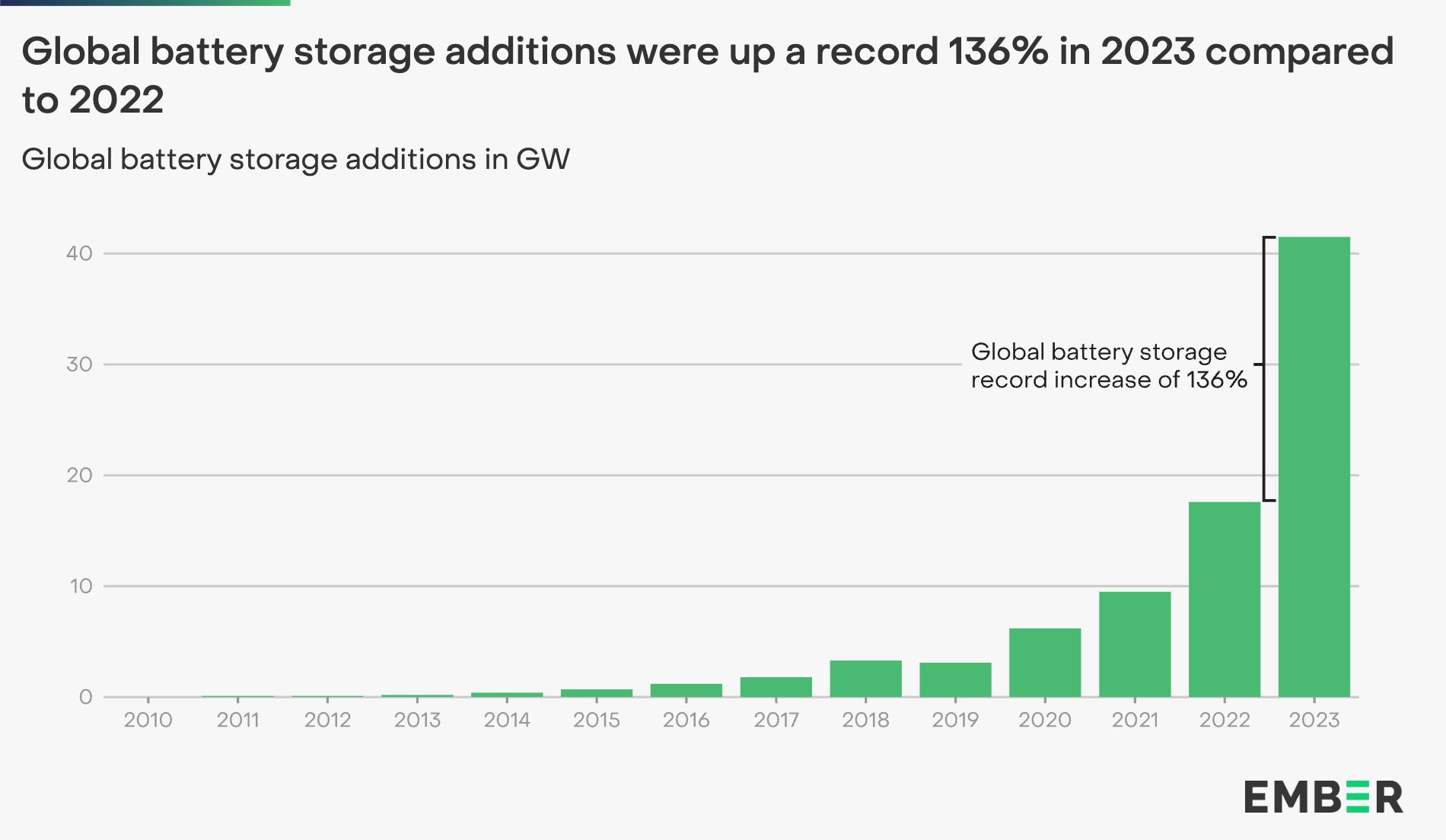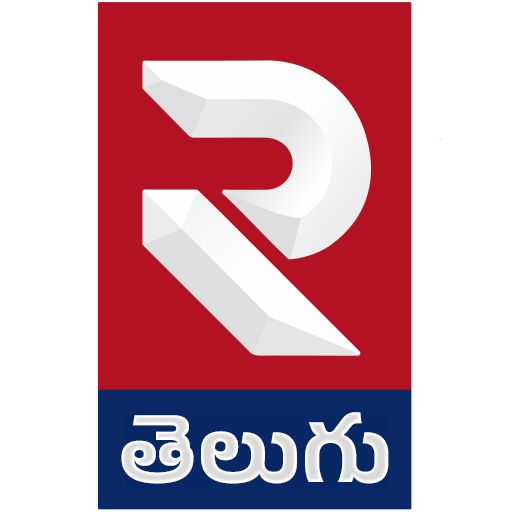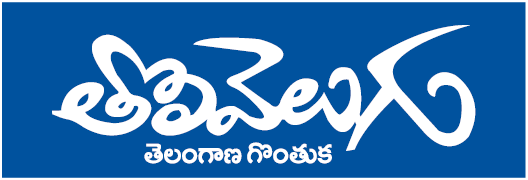One year after COP28’s landmark pledge to triple global renewable energy capacity by 2030, with COP29 now on the horizon, government targets still lag behind, aiming merely for a doubling—well below the market’s trajectory. Despite an exceptional year for renewable growth, with new capacities keeping the 1.5°C warming goal achievable, most governments have not adjusted targets in line with current trends. The COP28 accord set an ambitious global benchmark of 11,000 GW of renewables by 2030, yet national targets—covering 96 countries and the EU—currently fall short by 3,758 GW, underscoring the urgency for decisive updates as COP29 approaches.
Chapter 1: Global Renewable Targets – Where Are We?
In the past year, only eight countries have updated their 2030 renewable goals, raising the global cumulative target by a modest 4 GW. With COP29 offering a platform for recalibration, these targets currently total 7,242 GW—double the 2022 capacity of 3,379 GW but still only halfway to the global tripling goal. Even regions seeing rapid renewable uptake have failed to set the necessary targets to meet the IPCC’s 1.5°C scenario requirements, a core focus expected to be addressed at COP29.
Chapter 2: Solar and Wind – Progress and Gaps
Solar
Solar energy continues to boom, with installations projected to reach 593 GW in 2024, up 29% from 2023’s 87% increase. Bloomberg New Energy Finance (BNEF) estimates solar capacity could reach 6,640 GW by 2030, outpacing the 6,101 GW needed for the 1.5°C pathway. Yet, government targets remain far behind this growth, amounting to only 3,011 GW for 2030, indicating significant untapped potential—a key discussion anticipated at COP29 as leaders seek solutions for bridging this gap.
Wind
While wind energy targets are closer to market forecasts, they too fall short of what’s required to meet global ambitions. Though wind installations are progressing steadily, more ambitious targets and supportive policies are essential to accelerate growth. Discussions at COP29 will likely focus on aligning wind energy goals with market potential and ensuring these goals support the broader 1.5°C scenario.
Chapter 3: Energy Storage – The Key to Unlocking Renewables
Battery storage, vital for integrating renewables, is the fastest-growing sector in clean energy, with installations rising 136% from 2022 to 2023 due to cost and efficiency gains. BNEF and the International Energy Agency (IEA) predict battery storage will nearly decuple from 85 GW in 2023 to about 800 GW by 2030. Current national targets, however, reach only 283 GW, far below the 1,500 GW needed to align with the COP28 vision. As COP29 looms, energy storage is expected to be a central point of discussion, with calls for policies that bridge this gap and make large-scale storage projects feasible.
Conclusion: Urgent Need for Policy Updates
Despite record growth in solar and storage, only eight countries updated their renewable goals in the last year. With COP30 approaching, pressure mounts for countries to recalibrate their Nationally Determined Contributions (NDCs) by 2025 to keep pace with market advancements and climate goals set at COP28. COP29 presents an important opportunity to align these national targets with the ambitious global goal of 11,000 GW.
Key Points:
2030 Global Target (Post-COP28): 7,242 GW
Increase in Targets in the Last 12 Months: 4 GW
Gap to Achieve Tripling Goal: 3,758 GW
Governments have an opportunity to revise their targets, reflecting market advancements and signaling policy commitment. However, targets alone won’t suffice; they must be supported by effective policy frameworks to ensure meaningful progress, a theme expected to be underscored at COP29.
The recent Ember report stresses the urgency for national governments to boost their renewable goals. Dr. Katye Altieri, a global electricity analyst at Ember, points out that COP29 could be pivotal in setting robust energy storage goals essential for supporting tripling ambitions. Bruce Douglas, CEO of the Global Renewables Alliance, similarly emphasizes that with strategic planning, countries can lead in the global energy shift.
Even with the COP28 pledge by over 130 countries to reach 11,000 GW of renewables by 2030, national targets increased by a mere 4 GW. The International Renewable Energy Agency (IRENA) and the IEA’s projections suggest that for a 1.5°C scenario, wind capacity needs to triple and solar capacity needs to quintuple. Yet, only eight countries have updated their targets, exposing a gap between ambition and action. COP29 is expected to address these disparities by advocating for higher target adjustments.
Ember’s Global Renewable Target Tracker shows that only 83 of the 96 analyzed countries have explicit goals, covering 89% of global electricity demand, while the rest rely on broader projections. Significant gaps persist in regions like MENA, Sub-Saharan Africa, and Eurasia, where large-scale solar or wind projects are still sparse. In Africa, the Nairobi Declaration calls for international support to reach 300 GW by 2030, addressing the region’s vast solar potential but limited investment, with COP29 likely offering a forum for progress on this front.
Asia and OECD countries bear the largest capacity gaps, responsible for about 80% of the additional global renewable needs. Climate Analytics estimates that Asia needs to grow capacity by 3.6 times and OECD countries by 3.1 times to align with tripling goals set out at COP28. COP29 is likely to emphasize the critical roles these regions play in the global energy landscape.
In conclusion, while solar and wind are projected to drive over 90% of renewable expansion this decade, the disparity in targets demands prompt updates. While solar’s growth remains vigorous, wind’s steadier pace and higher generation potential underscore the importance of balanced expansion across both sectors. Countries now face a critical moment to revise their targets, leveraging the rapid advancements in technology to secure a sustainable energy future. COP29 will serve as a pivotal moment for nations to set renewable targets that match market developments and policy goals.
Reports from IRENA, the Global Renewables Alliance, and COP29 leadership highlight that achieving these goals will require international cooperation, scaling up finance, and upgrading infrastructure like power grids. The IEA’s Net Zero Emissions Scenario forecasts that reaching 15,247 TWh of renewable generation by 2030 demands a threefold increase in wind and a fourfold increase in solar capacity. If electricity demand rises faster than anticipated, the renewable capacity may need to exceed even these ambitious targets.
With some nations already responding, like Turkey, which announced a 2035 roadmap for a fourfold renewable increase, the 2025 NDC review presents a pivotal chance for countries to realign their goals with the global tripling objective. COP29 will serve as a critical juncture, giving nations a chance to rise to the renewable energy challenge and demonstrate a commitment to a sustainable future.






